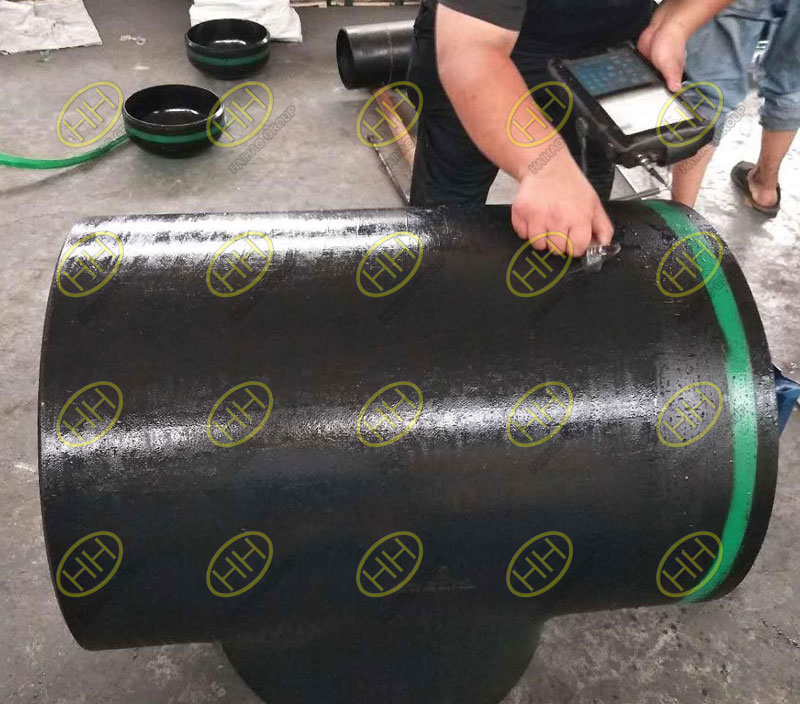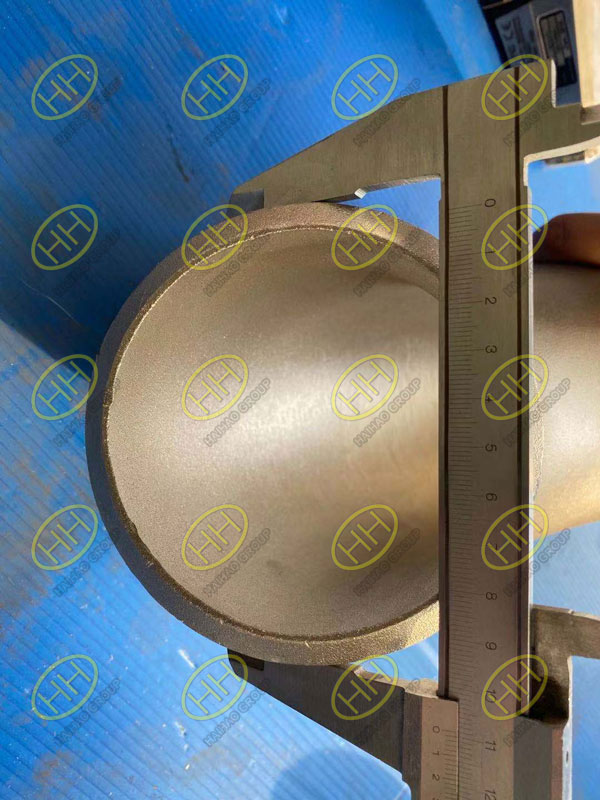Principles and guidelines for selecting non-destructive testing methods
In any industrial application, the selection of non-destructive testing (NDT) methods plays a crucial role in ensuring safety, reliability, and efficiency. Here are the key principles to consider when choosing NDT methods:
Understanding Method Capabilities and Limitations: Each NDT method has its own range of capabilities and limitations. It is essential to understand these factors and ensure sufficient operational space for implementation.
Surface Defect Detection: Methods like penetrant testing and visual inspection are suitable for detecting surface-opening defects. Penetrant testing is primarily used for non-porous materials, while visual inspection is suitable for detecting macroscopically visible defects.
Surface and Near-Surface Defect Detection: Magnetic particle testing and eddy current testing are effective for detecting both surface-opening and near-surface defects. Magnetic particle testing is suitable for ferromagnetic materials, while eddy current testing is applicable to conductive metal materials.
Defect Detection Anywhere in the Material: Radiographic testing, ultrasonic testing, phased array ultrasonic testing, and X-ray digital imaging testing can detect defects anywhere in the material. Ultrasonic testing and phased array ultrasonic testing have lower capabilities for surface-opening or near-surface defect detection compared to magnetic particle testing, penetrant testing, or eddy current testing.
Active Defect Strength and Position Assessment: Acoustic emission testing is useful for determining the strength and approximate location of active defects inside or on the surface of pressurized equipment. When active defects are detected, other NDT methods should be used for confirmation.
Leakage Detection: Leak testing is suitable for detecting through-thickness defects or overall integrity of pressurized equipment.
Preference for Magnetic Particle Testing: For ferromagnetic materials, magnetic particle testing should be prioritized for surface or near-surface defect detection. Other NDT methods can be considered only if magnetic particle testing is not feasible due to structural constraints.
Consistency in Testing Results: If different testing processes yield inconsistent results, the assessment should prioritize the higher-risk classification.
Multiple Testing Methods: When employing two or more testing methods on the same part of pressurized equipment, the assessment should consider the classification of each individual method.
At Haihao Group, we understand the critical importance of selecting the right NDT methods for your industrial applications. With our expertise and commitment to quality, we provide comprehensive solutions to meet your specific needs. Contact us today to experience the excellence of Haihao Group’s NDT services.


